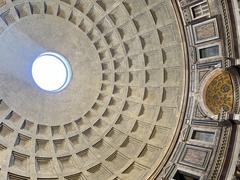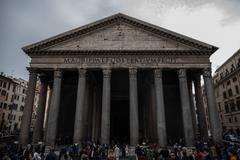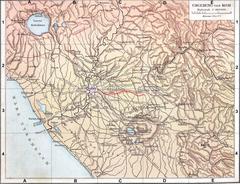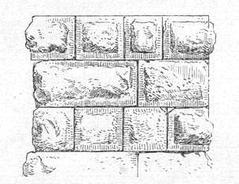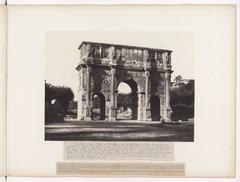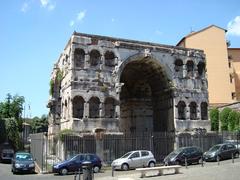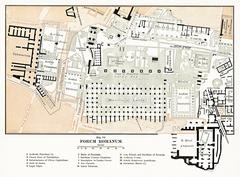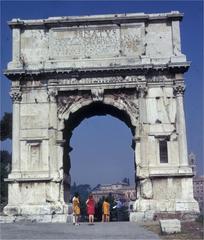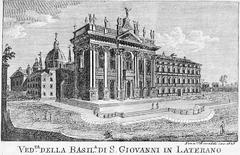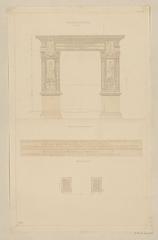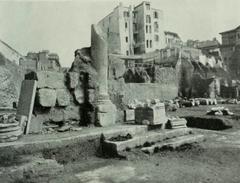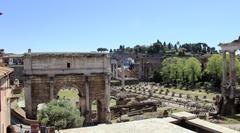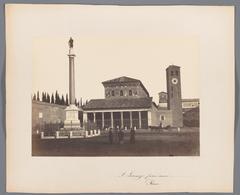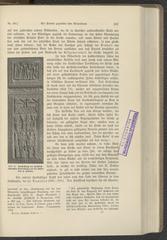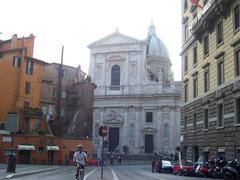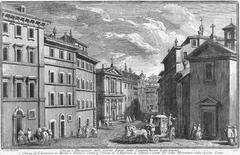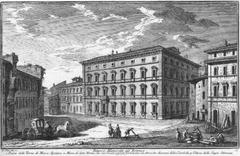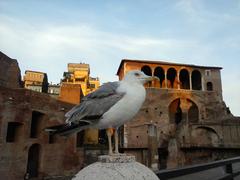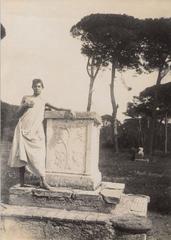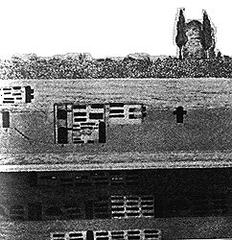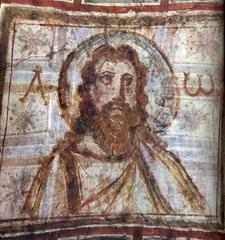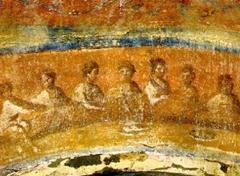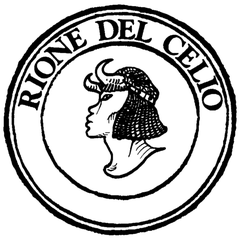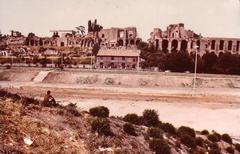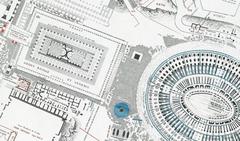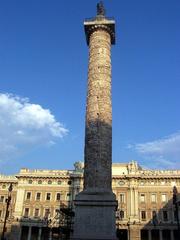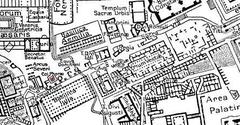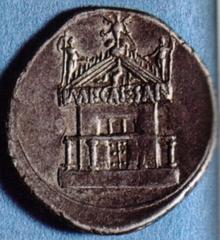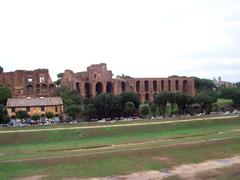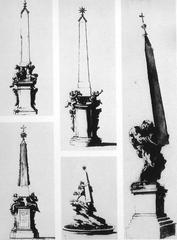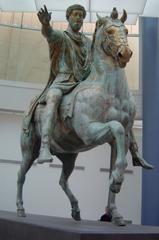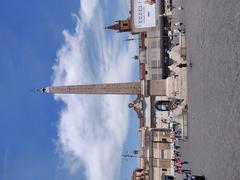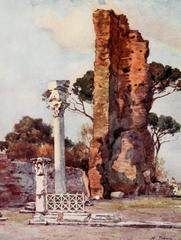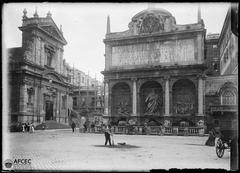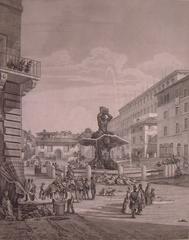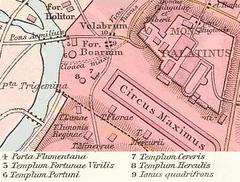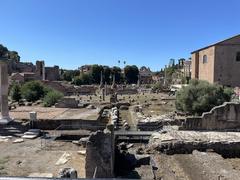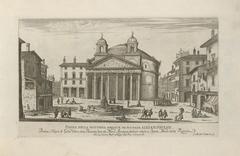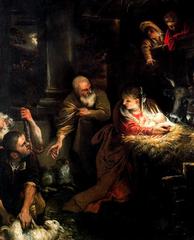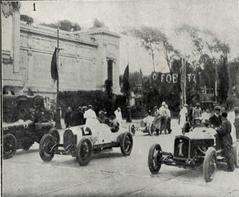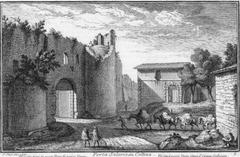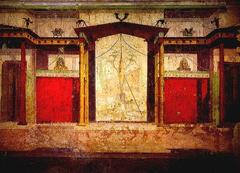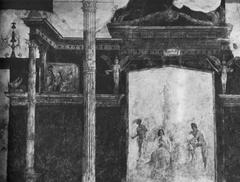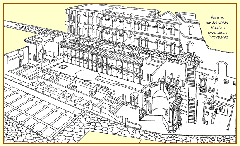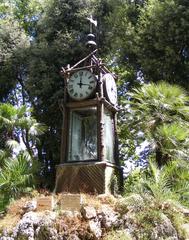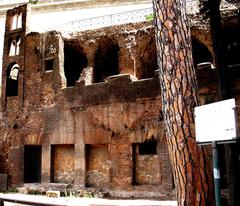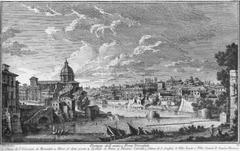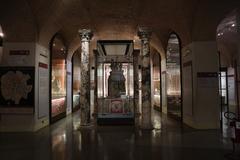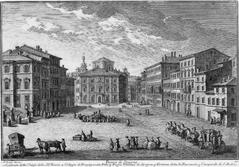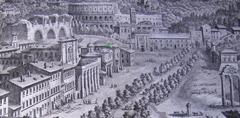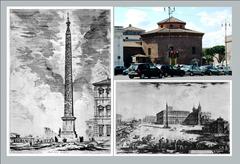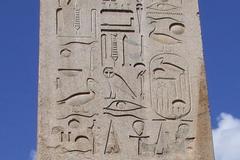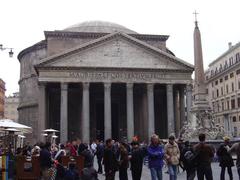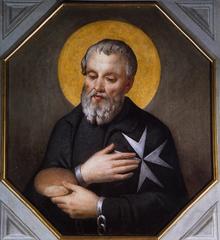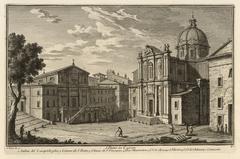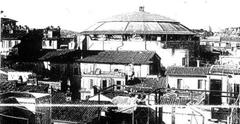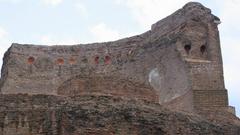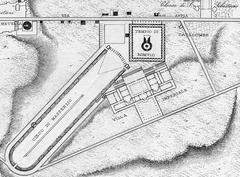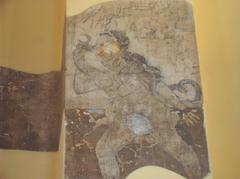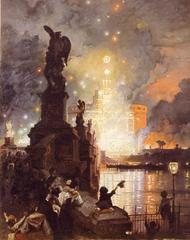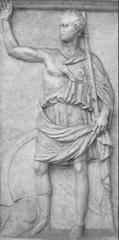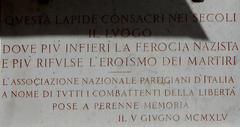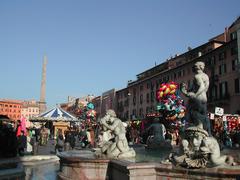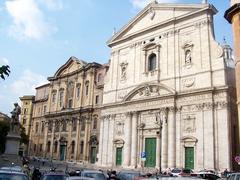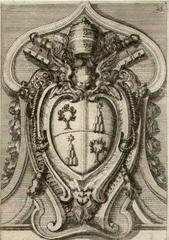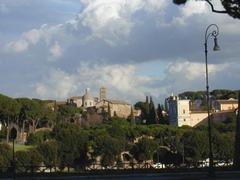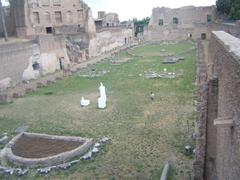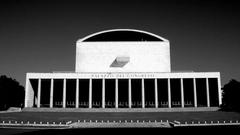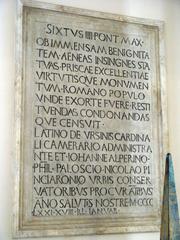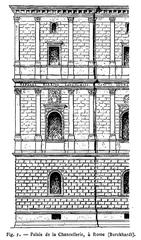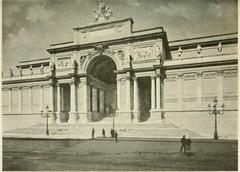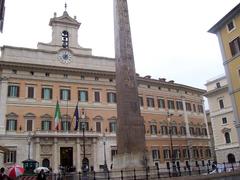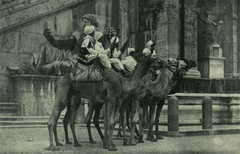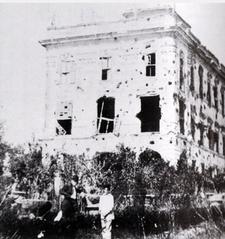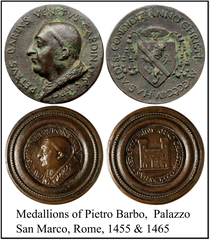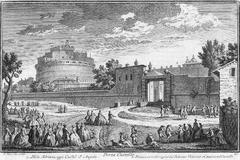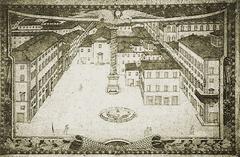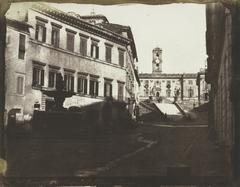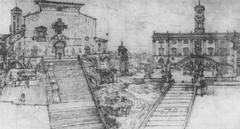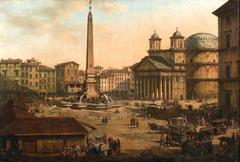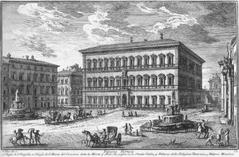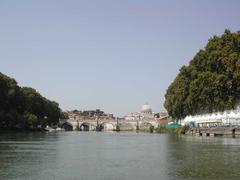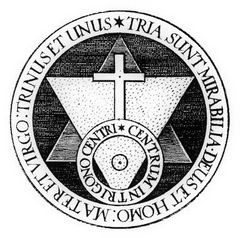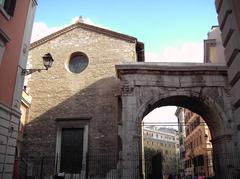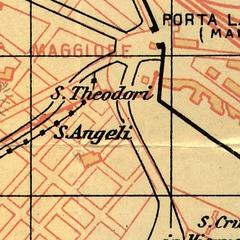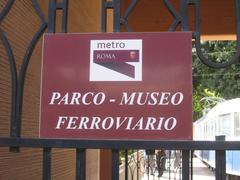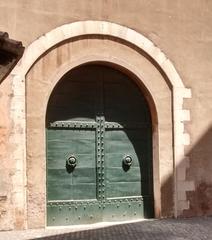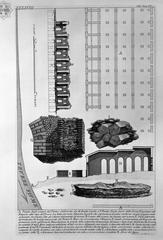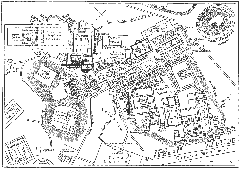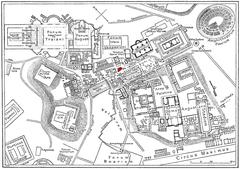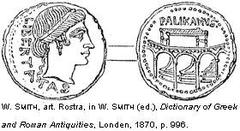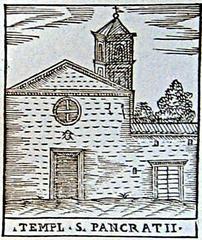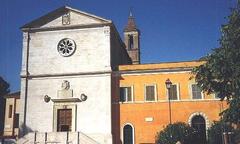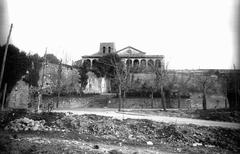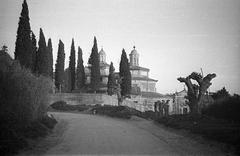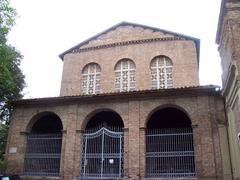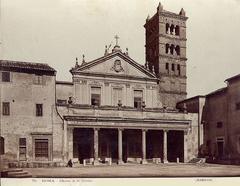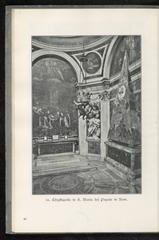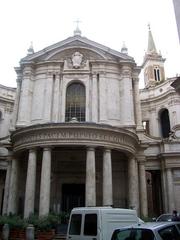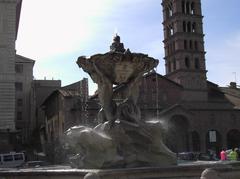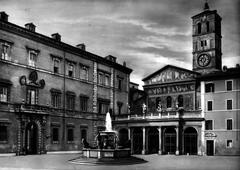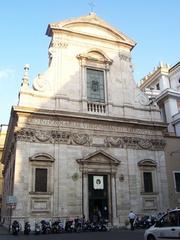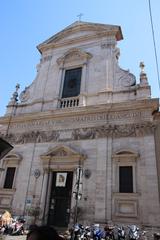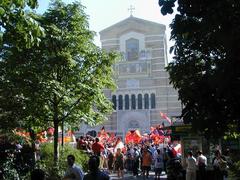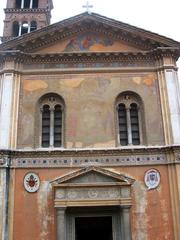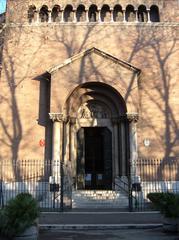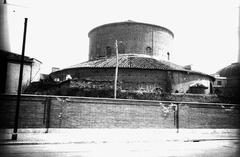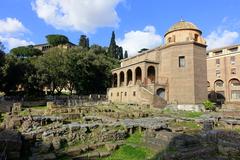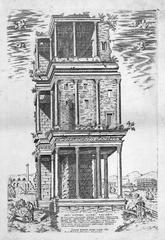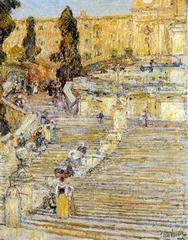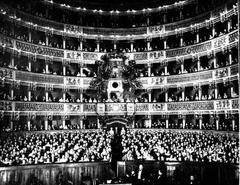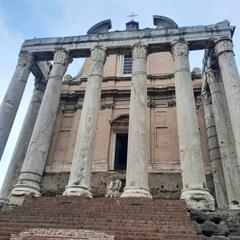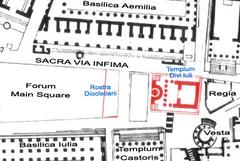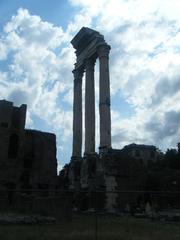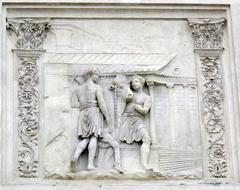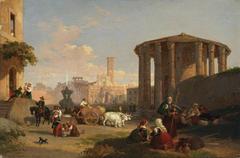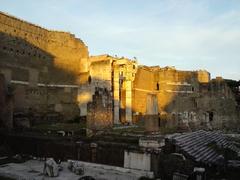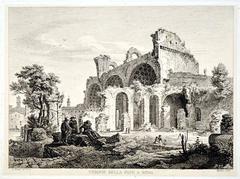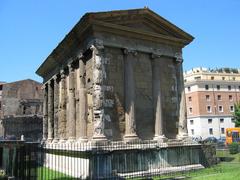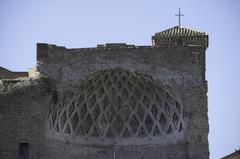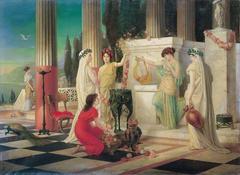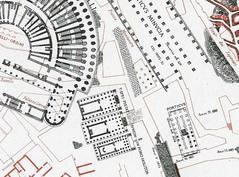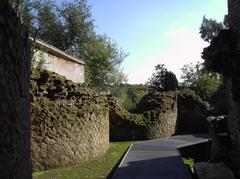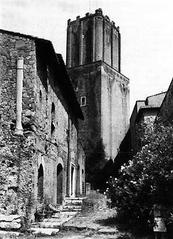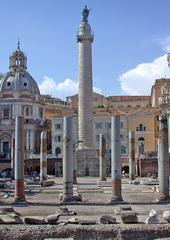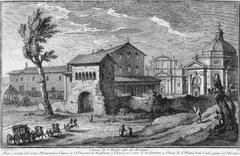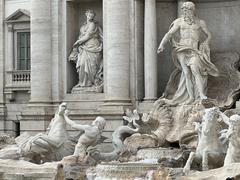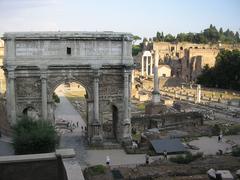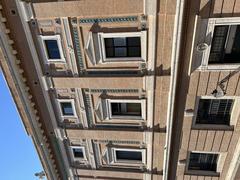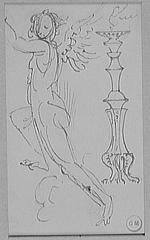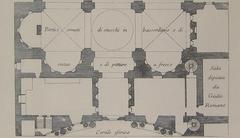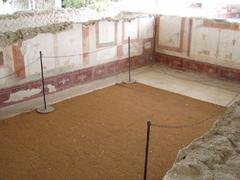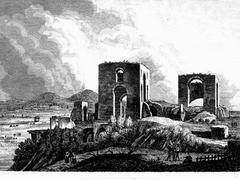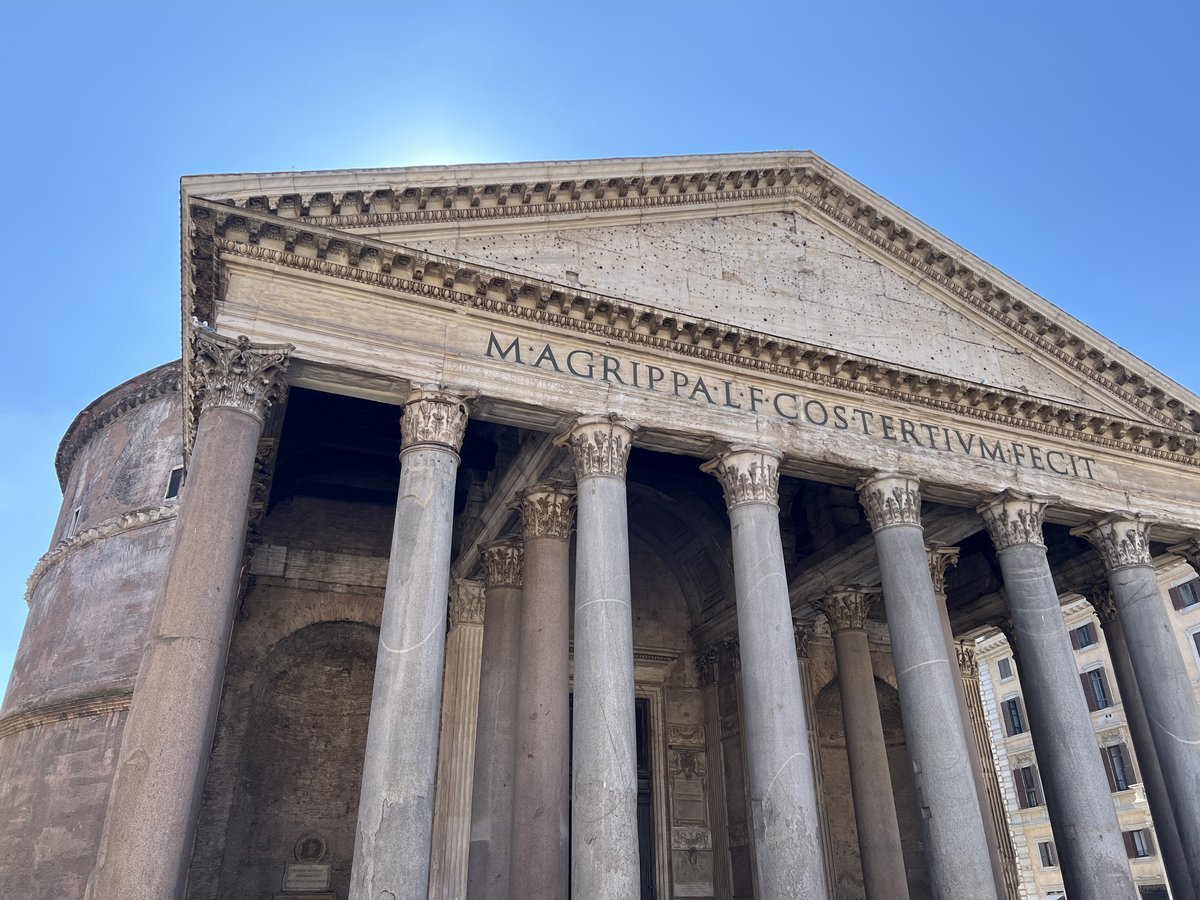
Pantheon Visiting Hours, Tickets, and Tips
Date: 16/07/2024
Introduction
The Pantheon in Rome, Italy, stands as a monumental testament to the architectural brilliance and cultural grandeur of ancient Rome. Originally commissioned by Marcus Agrippa during the reign of Augustus in 25 B.C., the Pantheon has undergone several reconstructions, with the current edifice completed around 126-128 A.D. under Emperor Hadrian (History.com). This historical marvel, renowned for its massive domed ceiling and the oculus at its apex, continues to captivate visitors with its engineering ingenuity and aesthetic perfection. The Pantheon, derived from the Greek words ‘pan’ (all) and ‘theos’ (gods), was initially designed as a temple for all Roman gods. Its transformation into a Christian church in the 7th century, known as the Basilica of St. Mary and the Martyrs, ensured its preservation through the Middle Ages (Rome on Foot). The building’s architectural influence spans centuries, inspiring iconic structures worldwide, such as the U.S. Capitol and the Panthéon in Paris (World History Encyclopedia). Whether you’re captivated by its historical significance or its architectural splendor, the Pantheon is a must-visit landmark for anyone exploring Rome’s rich cultural heritage.
Table of Contents
- History and Significance of the Pantheon
- Visitor Information
- Travel Tips
- Surrounding Attractions
- FAQ
History and Significance of the Pantheon
Origins and Construction
The Pantheon, located in Rome, Italy, is one of the best-preserved monuments from ancient Rome. The original structure was commissioned by Marcus Agrippa during the reign of Augustus around 25 B.C. However, this initial building was destroyed in a fire around 80 A.D. It was subsequently rebuilt by Emperor Domitian, only to be burned down again in 110 A.D. The present-day Pantheon was constructed during the reign of Emperor Hadrian, around 126-128 A.D. (History.com).
Architectural Marvel
The Pantheon is renowned for its architectural brilliance, particularly its massive domed ceiling, which was the largest of its kind when it was built. The dome, with a diameter of 43.3 meters (142 feet), remains the world’s largest unreinforced concrete dome to this day. The oculus at the dome’s apex, measuring 8.2 meters (27 feet) in diameter, serves as the building’s only source of natural light (World History Encyclopedia).
Function and Usage
Originally, the Pantheon was designed as a temple dedicated to all Roman gods, which is reflected in its name derived from the Greek words “pan” (all) and “theos” (gods). The building’s purpose has evolved over the centuries. In the 7th century, it was consecrated as a Christian church, known as the Basilica of St. Mary and the Martyrs, which helped ensure its preservation through the Middle Ages (Rome on Foot).
Influence and Legacy
The Pantheon’s design has had a profound influence on architecture throughout history. Its harmonious proportions and innovative use of concrete have inspired countless buildings, including the U.S. Capitol and the Panthéon in Paris. The structure’s perfect symmetry and massive Corinthian columns continue to inspire admiration and wonder (History.com).
Visitor Information
Tickets and Reservations
As of mid-2023, tickets are required to enter the Pantheon. Prices start at €10 for adults, with discounts available for students and seniors. It is advisable to book your ticket in advance through the official website or via a tour operator. Bookings can be made up to 7 days before the day of your intended visit (Pantheon-Rome).
Opening Hours
The Pantheon is open daily with varying hours depending on the season. Generally, it opens at 9:00 AM and closes at 7:15 PM, with the last admission at 7:00 PM. Check the official website for the most current visiting hours.
Travel Tips
Dress Code
As the Pantheon is a religious site, modest attire is recommended. Cover your shoulders and knees to show respect for its sacred nature (Vox City).
Best Times to Visit
Consider visiting early in the morning or later in the afternoon to avoid peak crowds. Weekdays generally see fewer visitors than weekends, providing a more tranquil atmosphere (Vox City).
Photography Etiquette
Capture the beauty of the Pantheon but be mindful of your fellow visitors. Avoid using flash photography, especially in dimly lit areas (Vox City).
Surrounding Attractions
The Pantheon is situated in the heart of Rome’s city center, offering numerous options for activities once your visit is complete. The Piazza della Rotonda, the square in front of the Pantheon, is a lively area with cafes and street performers. Nearby attractions include the Trevi Fountain, the Spanish Steps, and the Piazza Navona, making the Pantheon an ideal starting point for exploring Rome (Rome.info).
FAQ
What are the Pantheon’s visiting hours?
The Pantheon is generally open from 9:00 AM to 7:15 PM, with the last admission at 7:00 PM. Check the official website for the most current visiting hours.
How much are tickets to the Pantheon?
Tickets start at €10 for adults, with discounts available for students and seniors. It’s recommended to book your tickets in advance.
Conclusion
Visiting the Pantheon offers a profound journey through time, showcasing the pinnacle of Roman engineering and architectural mastery. From its awe-inspiring oculus and unreinforced concrete dome to the grand portico and intricate interiors, every aspect of the Pantheon speaks volumes of its historical and cultural significance. This ancient monument, which has evolved from a temple for Roman gods to a revered Christian church, continues to draw millions of visitors each year, eager to experience its timeless beauty and spiritual ambiance. By planning your visit with attention to ticketing, dress code, and optimal visiting hours, you can ensure a memorable and enriching experience. Moreover, exploring the surrounding attractions like the Trevi Fountain, Spanish Steps, and Piazza Navona can further enhance your Roman adventure. As you marvel at the Pantheon’s grandeur, remember to support ongoing conservation efforts to preserve this iconic landmark for future generations. For more detailed guides and updates, consider downloading the Audiala mobile app or following related posts on social media.
References
- History.com (n.d.). Pantheon. Retrieved from History.com
- World History Encyclopedia (n.d.). Pantheon. Retrieved from World History Encyclopedia
- Rome on Foot (n.d.). The Many Lives of Rome’s Pantheon: A Journey Through Time. Retrieved from Rome on Foot
- Pantheon Rome Tickets (n.d.). Inside Pantheon Rome. Retrieved from Pantheon Rome Tickets


